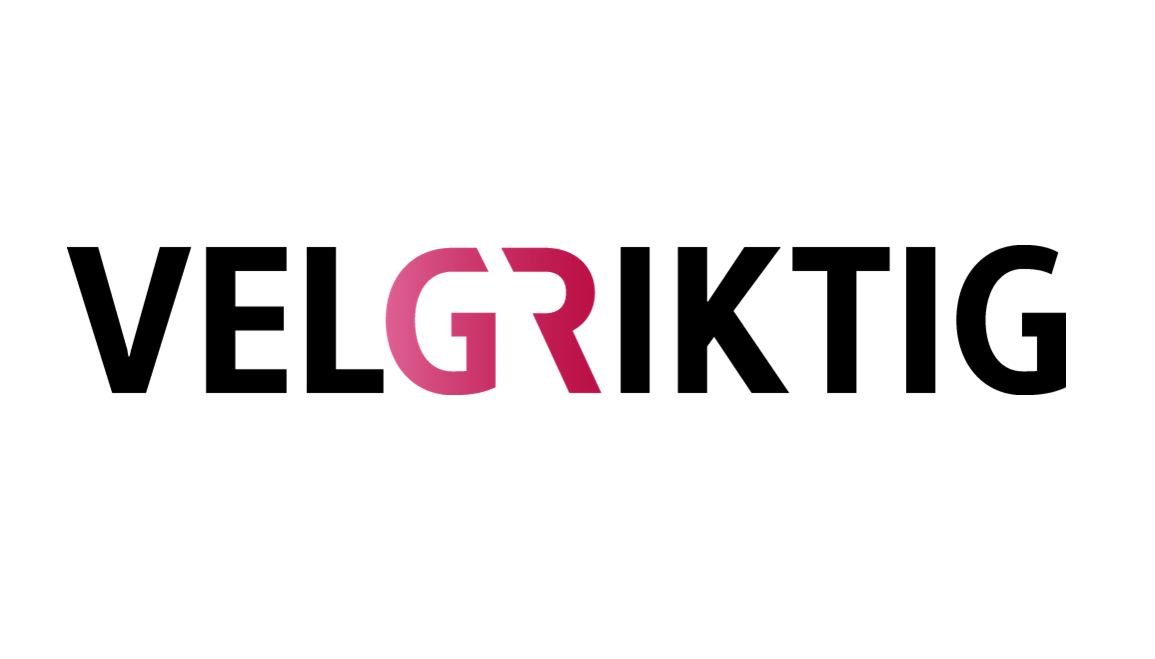Informatics, Engineering, Agriculture and Science Training Scholarship program
The aim of the Informatics, Engineering, Agriculture and Science Training Scholarship Programme is to support students studying in the fields of agriculture, informatics, technology and science training to increase uptake of these fields and reduce dropouts in order to fill the labour market shortage with highly needed professionals. The programme will be launched in 2022.
The Informatics, Engineering, Agriculture and Science Training Scholarship Programme (hereinafter: the Scholarship Program) aims to contribute to a significant reduction in student drop-out rates by obtaining a higher education degree as soon as possible in the relevant fields of study. In the case of all fields of study, but especially in the case of science courses, another objective is to increase the number of students, who participate in master's programme, and to strengthen the supply of teachers and researchers. The programme aims to deliver both scholarships as well as 'catch-up programmes' to students in need. The objectives of the programme are aligned with broader (governmental) policies, in particular:
- Gear shifting in higher education medium-term policy strategy 2016: increase the number of students and graduates in mathematics, science, technology and informatics, significantly reduce drop-out rates, support student’s success in the distribution methodology of study-based scholarships and in the field of the training, increase the student’s performance, knowledge and thus the quality of training.
- Digital Education Strategy of Hungary (Action 10): In order to meet the labour demands of government programs for the development of the digital economy and the digital industry, the Hungarian Government is launching programs that go beyond traditional forms of training and reduce labour shortages that threaten the development of IT businesses and digital economy in a short term as well. Action plan point 10/11. : Additional funding must be provided for scholarships from 2018, to progressively increase the number of students in IT programmes.
- 1840/2017. (XI. 10.) Government Decree point 4 / c.: the Government requests the Minister of National Economy, the Minister of Human Resources and the Minister of Agriculture to develop a scholarship programme for students, who studying or applying for agricultural higher education and to make a proposal to the Government about the conditions for the introduction of the scholarship programme and the required amount of resources.
- Increasing the number of female students in IT training, in accordance with the EU's Digital Economy and Society Index (DESI index) should be supported as a horizontal objective.

The expected impact of the program is a reduction in the drop-out rate, reduction of time students spend in training, reduction in the labour market shortage in the relevant fields of studies and an expansion in the number of applicants for masters in science.
Key indicators related to the programme's performance include:
- Number of scholarship holders
- Number of catch-up programs launched in the programme
- The number of lecturers and researchers working in the relevant field of studies involved in the development and implementation of catch-up programmes
- (Reduction of) drop-out rates in the field of informatics, agricultural and technical undergraduate and full-time and master's programme in science
The range of higher education institutions was reviewed during the planning and impact assessment of the program and based on the data service of the Educational Authority (Higher Education Information System drop-out data) the student drop-out rate and the reasons for drop-out could be identified. Several studies of the Educational Authority and the experience of higher education institutions were used in the development of the program (e.g.: “The value of a degree” in informatics training; Studies of the Educational Authority drop-out report of August 2019; Summary of a workshop supporting the reduction of student dropout).
IT, technical, agricultural and natural science training is provided in 23 state or church-maintained higher education institutions. The planned programme may affect approximately 10-23 higher education institutions. The number of students involved in the programme will depend on the number of higher education institutions receiving support from the program and approximately 16.000 higher education students are expected to be affected by the program, including students using the catch-up program.
- Scholarship programme: Depending on the support framework, the students-based on their weighted study average- are ranked, and the best of them are eligible for the scholarship
- Catch-up programme: 20% of the project funds should be used for this purpose. The programme helps the students to catch-up. Defining the exact content of the program is the task of the higher education institution
Regarding the latter it is possible, options include individual or group catch-up lessons, to develop and operate a digital educational material or mentoring program, to train or re-train instructors methodologically, to hold training and retraining, to transform the curriculum and to provide student competence and learning skills courses. The aim of these is to reduce student drop-out, to support training, and allow students to obtain a degree as soon as possible, to reduce the labour market shortages.
The programme is planned to be co-financed by the European Social Fund Plus in the 2021-2027 budgetary period. According to the current plans, the minimum amount of support is 50,000,000 HUF (approx. 137.000 euro), the maximum amount is 2,000,000,000 HUF (approx. 5.5 million euro) per application / education institution. The total cost of the catch-up program must be at least 20% of the amount of the scholarships.







